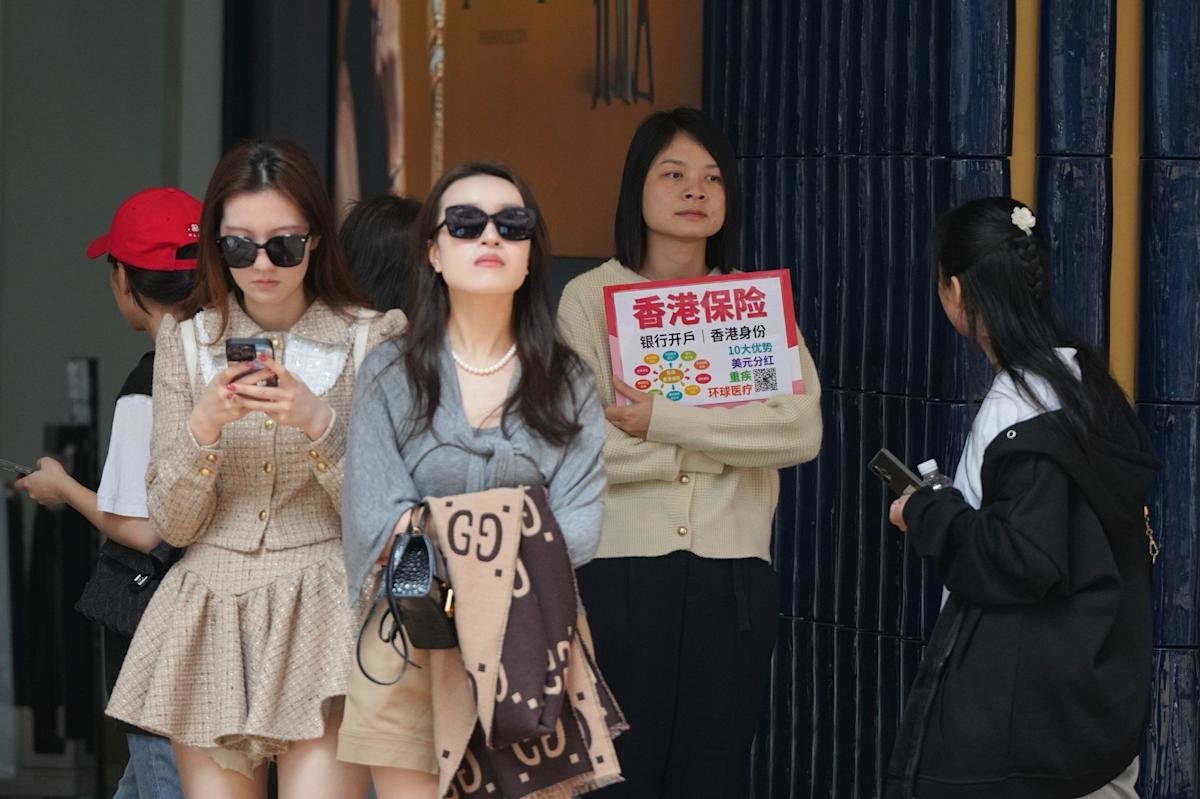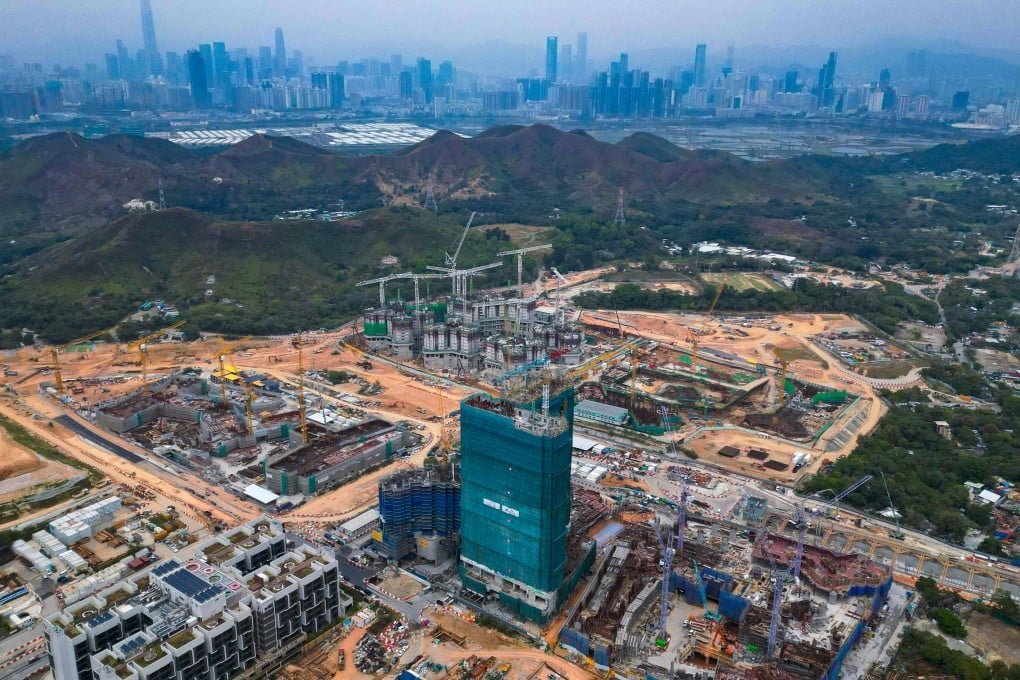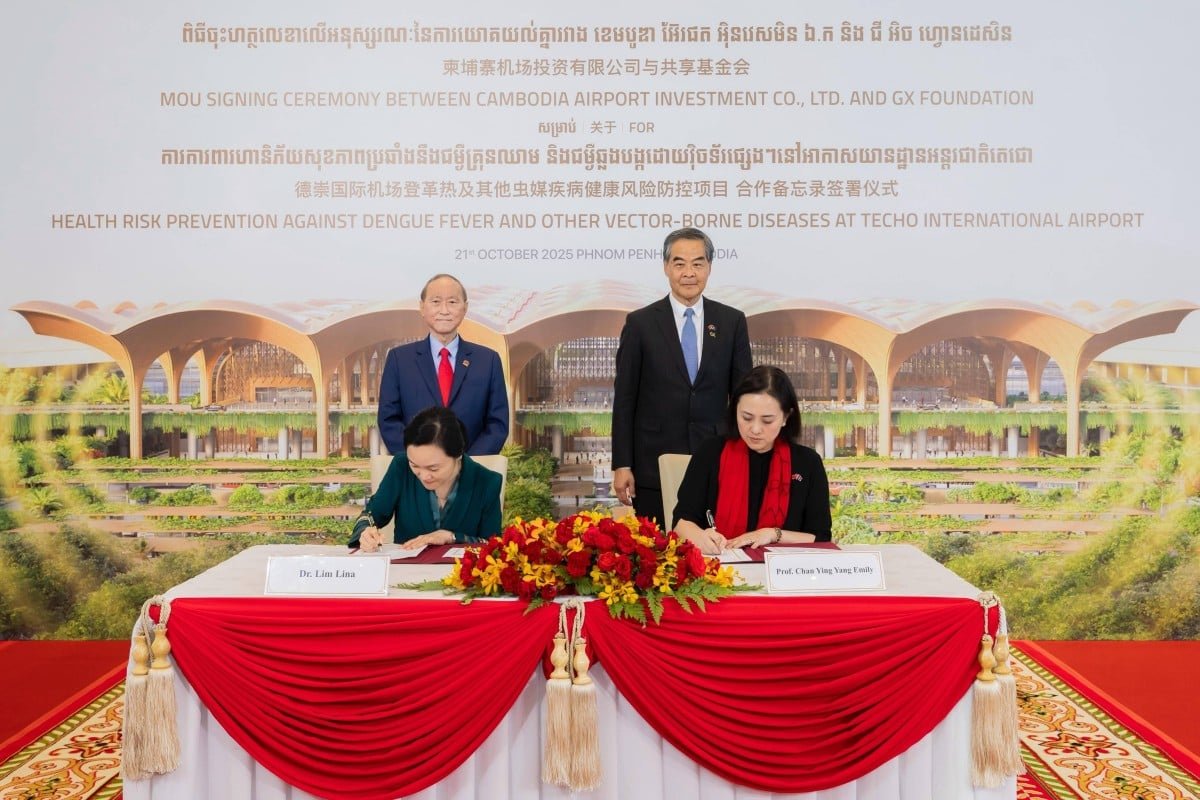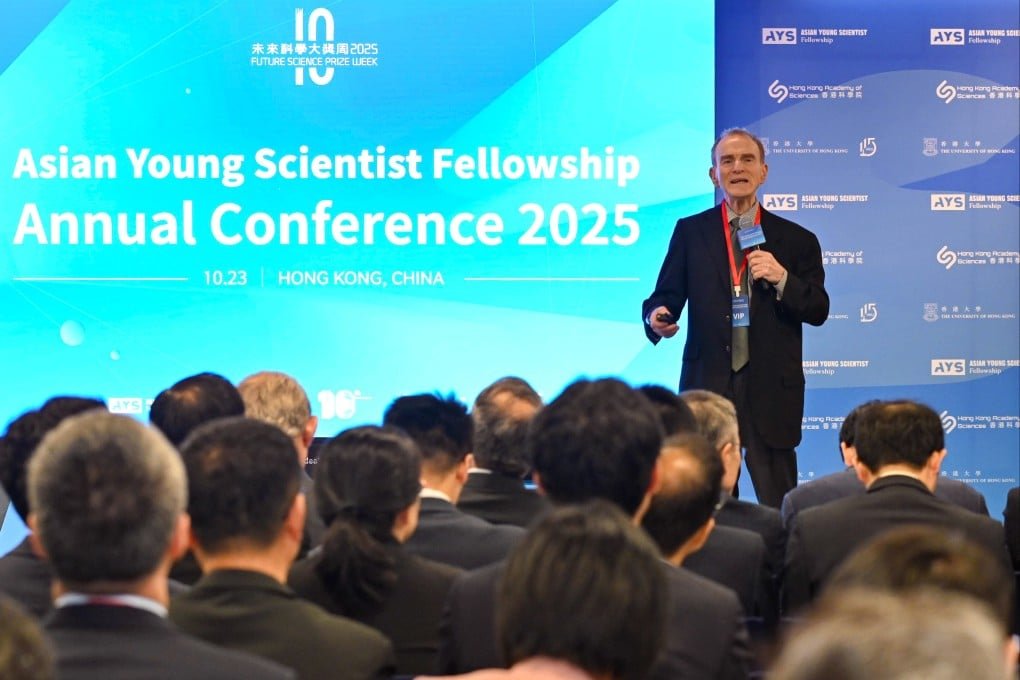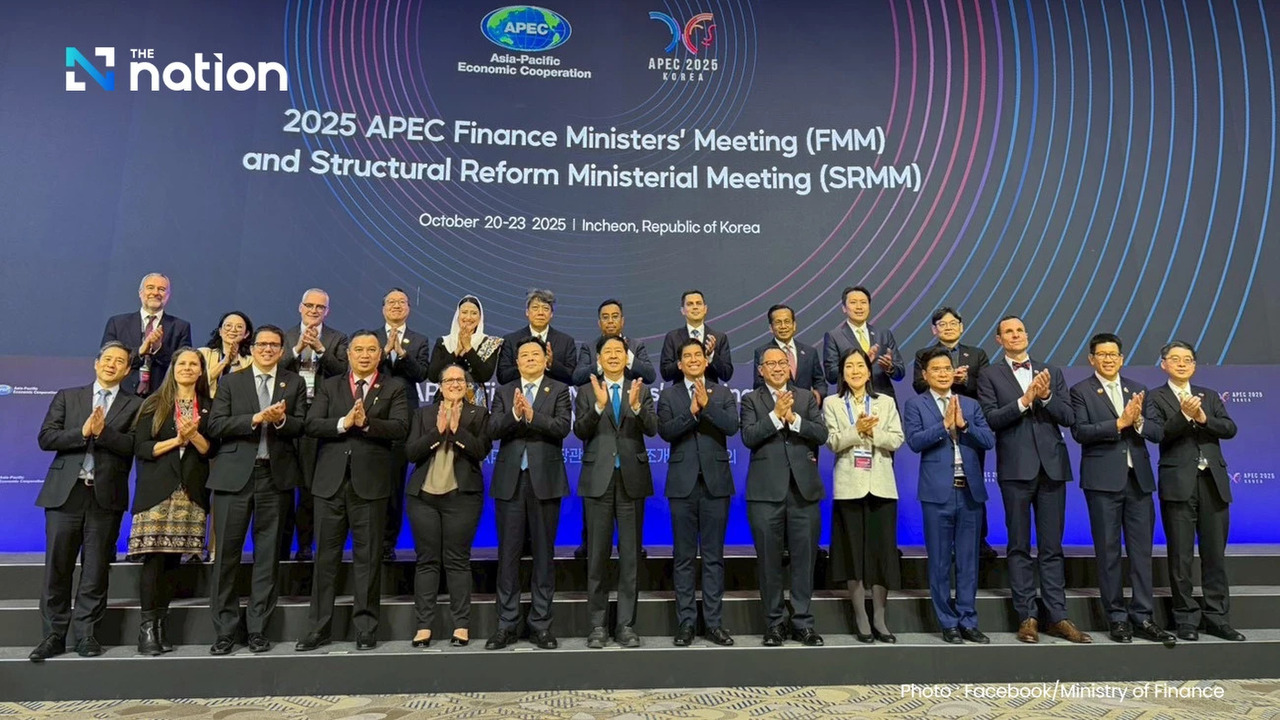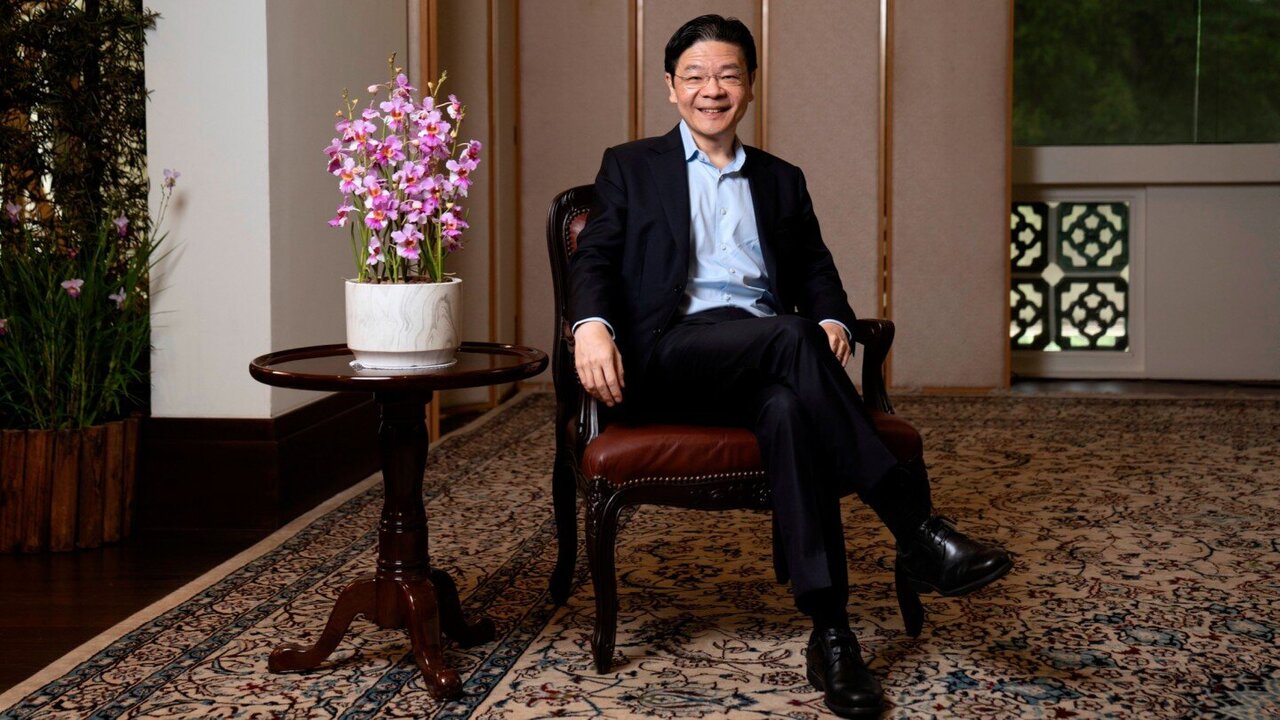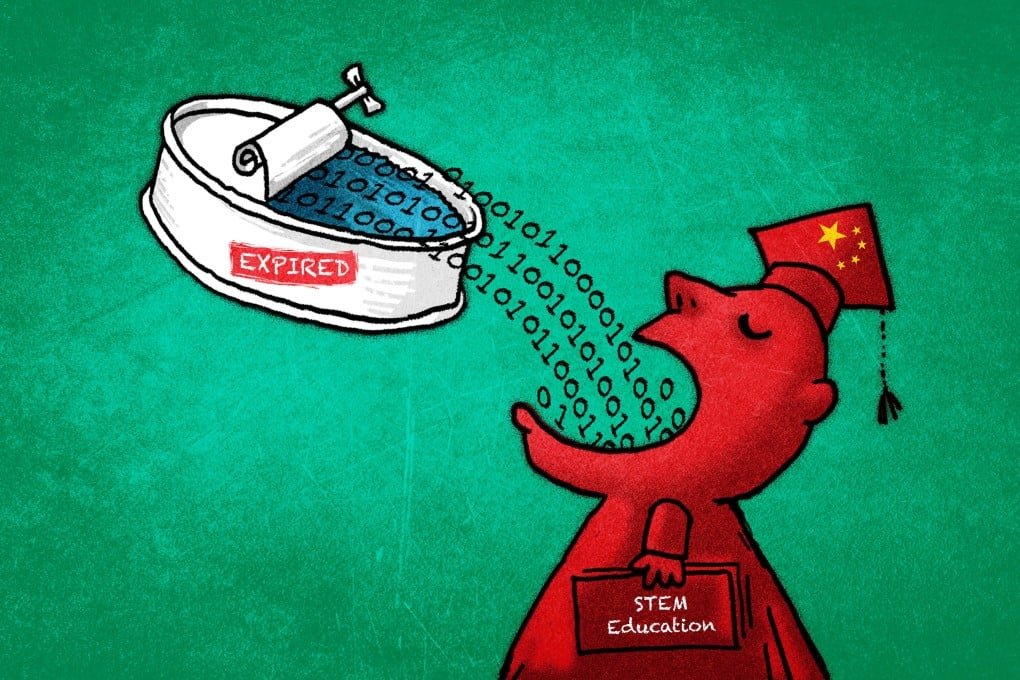
Robotics entrepreneur Wang Xingxing — founder of leading firm Unitree Robotics — criticised the system as fostering “a stark gap” for those entering university only to study materials he said were two decades behind frontier knowledge.
Despite China’s official claim to have risen to second globally in STEM education development, a recent analysis shows that while freshmen score well in STEM and critical-thinking assessments, progress stalls or even reverses during their university years.
In one study, students in major engineering fields made negligible gains over two years and then regressed, raising questions about whether curricula are sufficiently practical and forward-looking.
Industry and academic voices say the problem lies in a persistent emphasis on theory and traditional textbook content, relative to hands-on training, interdisciplinary work and rapidly evolving fields like artificial intelligence, quantum computing and new energy systems.
One commentary warned a mismatch between supply and industrial demand could create a structural challenge for China’s ambition to lead in innovation.
Institutions are responding.
China’s top universities are expanding STEM-related intake and launching new degree programmes in fields such as integrated circuits, biomedicine and new energy.
Meanwhile, reform advocates call for curricula that emphasise real-world problem-solving, project-based learning and closer ties to industry partners.
Yet observers caution that the speed and scale of reform may struggle to keep pace with China’s broader technological ambitions.
With the stakes high — including innovation leadership, global competitiveness and economic transformation — the quality of STEM education will be considered a key determinant of China’s next phase of development.


